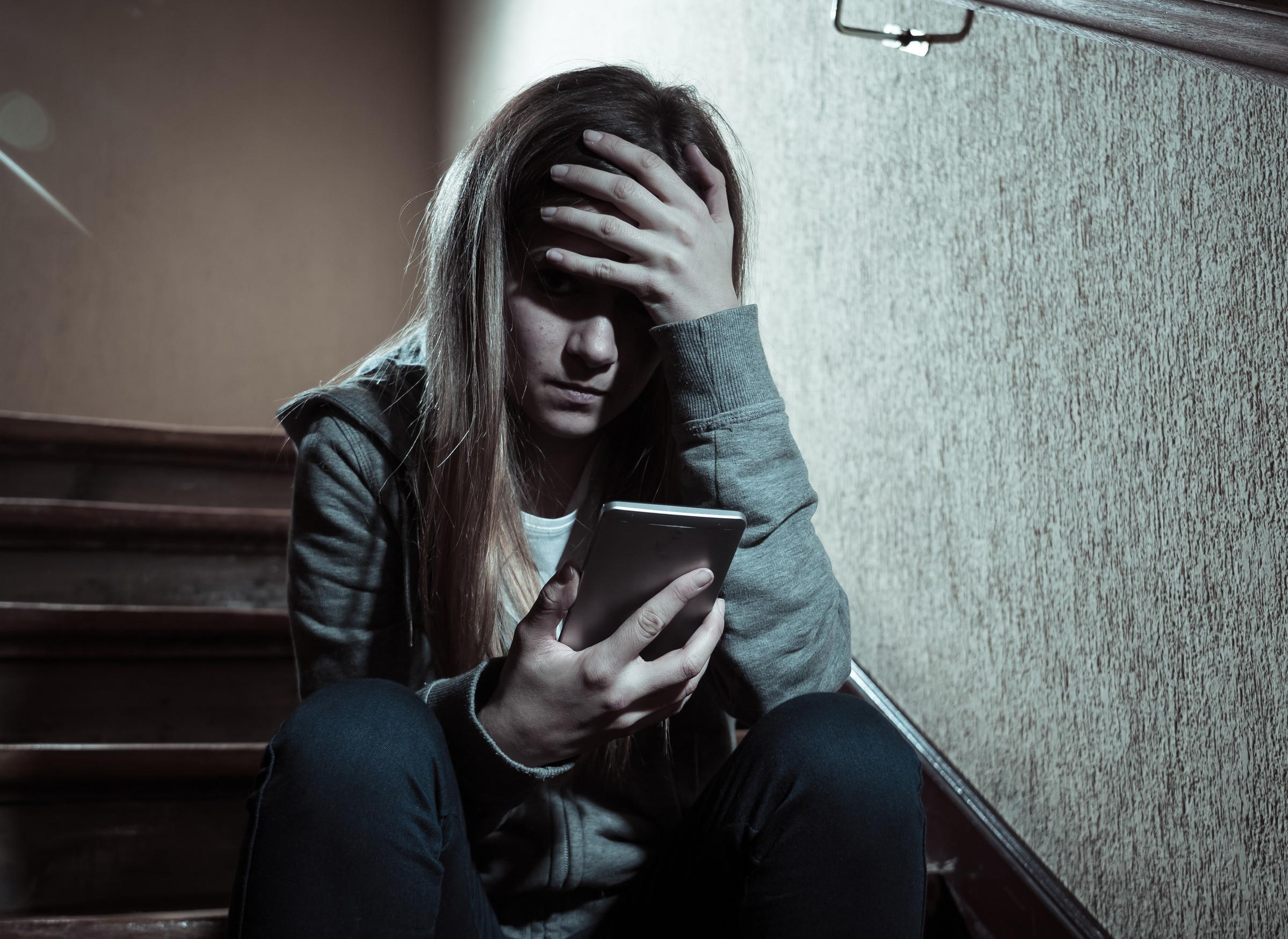Your child might see social media as a fun way to connect with friends and explore new interests, but behind the scenes, it can be a powerful tool used against them. Social media use leaves a digital footprint that is often exploited in ways kids and even parents don’t realize. From strangers collecting personal data to bullies digging up posts for attacks, a child’s online activity can easily be turned into a weapon. And once something is out there, it’s almost impossible to erase. Here are seven critical ways your child’s social media use can be used against them—and how to protect them from the risks.
1. Online Predators Use Posts to Build a Profile
Child predators aren’t just lurking in chat rooms—they’re combing through social media use to learn names, locations, interests, and routines. A simple selfie at the park or a school event can reveal a child’s daily schedule, favorite hangouts, and even which adult is supervising them. These details help predators groom kids by pretending to share common interests or using personal facts to earn trust. The more your child posts, the easier it is for someone to build a digital profile. Teaching kids to limit what they share publicly is a powerful first step toward staying safe.
2. Bullies Screenshot and Reshare Posts Out of Context
A joke, a filtered photo, or even an old post can be taken, cropped, and used as ammo for bullying. Social media use gives bullies a 24/7 platform to screenshot content and spin it to embarrass or isolate a child. Because digital bullying happens outside of school hours, many kids don’t report it, and the damage can escalate quickly. Content shared in a moment of fun can suddenly be used to shame or humiliate. Encourage your child to think before they post and to keep personal matters off public feeds.
3. Personal Info Can Be Sold or Stolen
Many social platforms collect data that can be sold to third parties, even when your child is underage. Their preferences, contacts, search history, and even messages may be tracked and shared with marketers or worse. In some cases, identity thieves target minors specifically because their credit is clean and unmonitored. Social media use becomes a vulnerability when platforms don’t strictly enforce privacy protections. Help your child use strict privacy settings and avoid giving real names, locations, or birthdays on their profiles.
4. Strangers Pose as Friends to Gain Trust
Fake accounts, or “catfishing,” are a common threat on social platforms. A child may accept a friend request from someone posing as a peer or influencer, only to unknowingly share personal images or start a risky conversation. This tactic is often used to manipulate kids into sending inappropriate content or revealing secrets. Social media use becomes a direct access point for those with bad intentions. Teach your child to verify who they’re talking to and to never accept friend requests from people they don’t know in real life.
5. Colleges and Employers Check Digital History
Many teens don’t realize their current posts could impact their future. Colleges and scholarship committees often review applicants’ online presence, and inappropriate jokes, photos, or arguments can raise red flags. Even years later, old posts can resurface during job searches or interviews. Social media use, once public, rarely stays private—even if you delete it. Encourage your child to view every post as permanent and to build a digital footprint that reflects their values.
6. Emotional Vulnerabilities Are Exploited
If a child vents about a tough day, a fight with a friend, or personal insecurities, others can use that against them. Emotional posts signal to some people that a child is vulnerable and more easily manipulated. Social media use can feel like a safe space to “get it out,” but it often invites the wrong kind of attention. Instead of shaming kids for being open, teach them where and when it’s safe to share those feelings. A trusted adult or journal is a better outlet than a public timeline.
7. Photos Are Taken and Reused Without Permission
Many people assume only celebrities deal with image theft, but it’s happening to kids, too. Photos can be copied, altered, and reposted to fake accounts or disturbing sites, often without anyone noticing for weeks or months. Some predators even use child images to create digital personas for illegal purposes. Social media use that includes frequent selfies or detailed life updates increases this risk. Keep accounts private, turn off location tagging, and avoid posting pictures in school uniforms or swimsuits.
A Safer Digital Space Starts with Awareness
It’s impossible to eliminate every risk, but understanding how social media use can be turned against your child is a major step toward protecting them. Open, honest conversations and consistent privacy checks go a long way. Help your child build critical thinking around what they share, who they interact with, and how they represent themselves online. With guidance, they can enjoy the benefits of social media without putting their safety or future at risk.
Have you talked to your child about their social media use lately? What safety tips do you use at home? Share your experience in the comments!
Read More:
Privacy Violation: 7 Things Never to Post About Your Kids Online
12 Steps to Secure Your Child’s Digital Footprint for Life
The post Social Media Use: 7 Ways Your Child’s Social Media Is Used Against Them appeared first on Kids Ain't Cheap.








